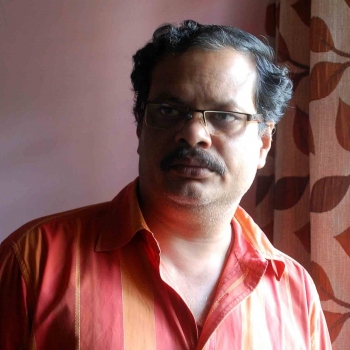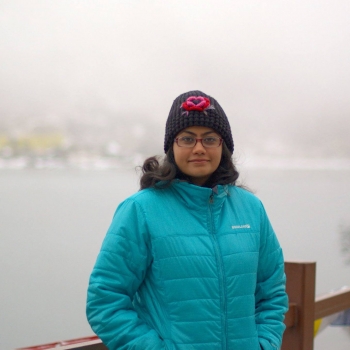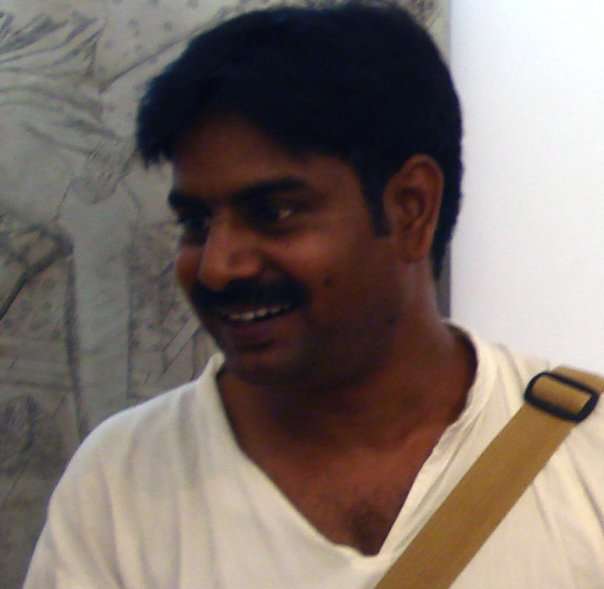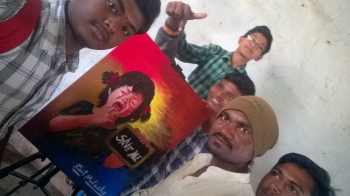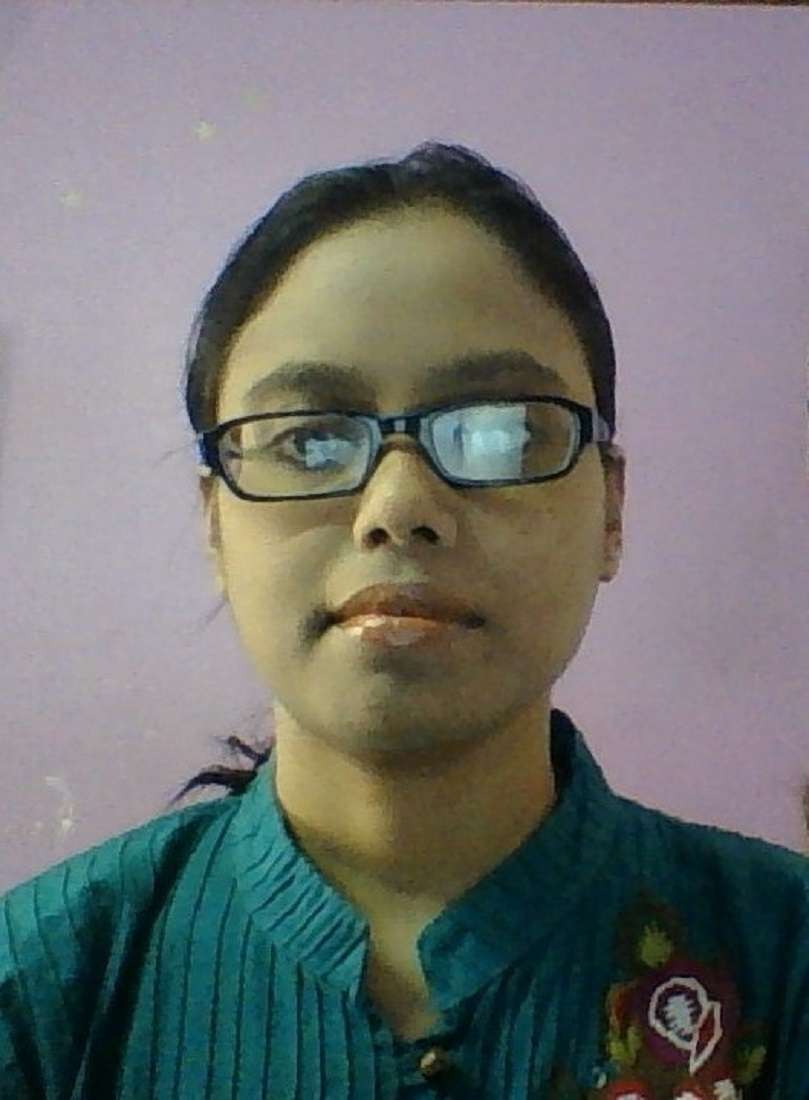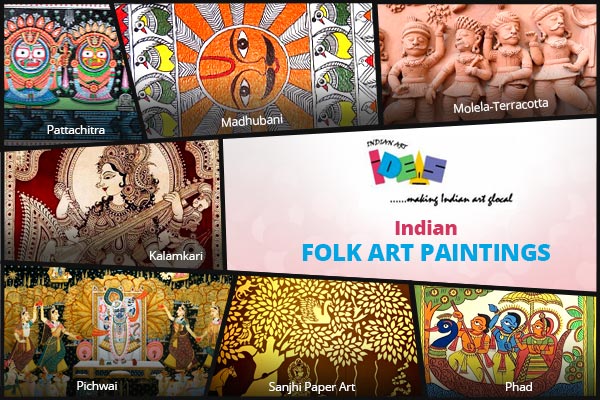
The spontaneity and the placidity of art take us in the mystical world of imagination. How sheer genius of the human mind can be discerned in form of breath-taking visuals that we call art is a mystery itself.
Today, we see abstract and contemporary Indian art that make our mind conscious and much creative. And this journey of evolution will go on till the human civilisation will exist on this earth.
But before these modern and contemporary genres existed, there lies a vast and splendid epic of art in India. The antiquity and the richness of traditional Indian art forms reflect the affluent and stupendous treasure of human creativity that is stick with this nation for ages.
Indian folk art paintings and tribal artworks display an ecstatic whiff and aura of this land making these pieces simply mesmerising to have in your home, office, etc.
India is a land of mythologies, religious epics, diverse beliefs, millions of deities, splashy colours, and whatnot.
Ergo, the fame of famous Indian art forms has attracted art collectors and lovers from different parts of the world. From the mid-1860s (the time when modern art was introduced) artists have been on a spree of experimentation thus paling Indian folk art paintings.
This said, let’s take a look at the brief compilation of traditional Indian art forms with a slightly different perspective.
A canvas made of cloth
We, the people of India, are used to wear clothes that have hand-made prints and designs. Did you ever wonder from where these patterns and practices of designer clothes have originated?
Actually, these hand-made prints are one of the highlights of the affluent record of traditional art genres in India. Indian art was never short of a rich heritage. The reason why there is a bit of scarcity of these marvellous art pieces is that a good chunk has been taken away by the British. You can still find these pieces in European museums.
The adroitness of making paintings on cloth started in form of Kalamkari, one of the famous Indian art forms. This particular art form originated from the land of Telangana (Andhra Pradesh). Artists used to paint mesmerising images of deities, humans, and courtroom scenes on cloth that was used as scrolls, temple fabric, and chariot curtains.
This type of artistry can also be seen in the Phad and Pichwai paintings, Rajasthani origins art forms. Like every other folk art, this type of art was also themed around religious representations and social purposes.
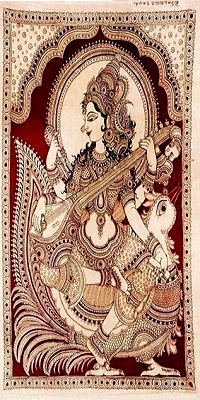
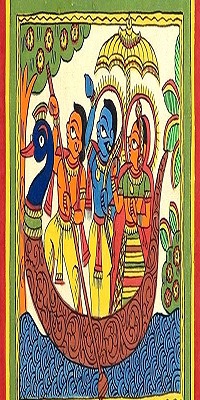
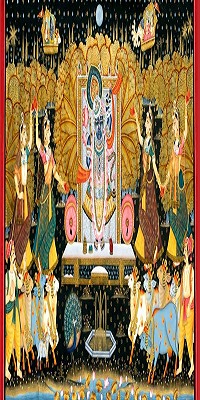
Image Credit Image Credit Image Credit
Kalamkari paintings are known for their story telling narratives with the exquisite utilization of black outlines, colour backdrop, enticing contours, and the uniqueness these pieces hold. You can still find such pieces on an eminent online Indian art gallery.
Zappy buoyancy
Welcome to the world of remarkable representations and appealing patterns. If you haven’t seen how aesthetics and culture combine to give out a euphoric and celebratory depiction, take a look at the lavish Pattachitra form.
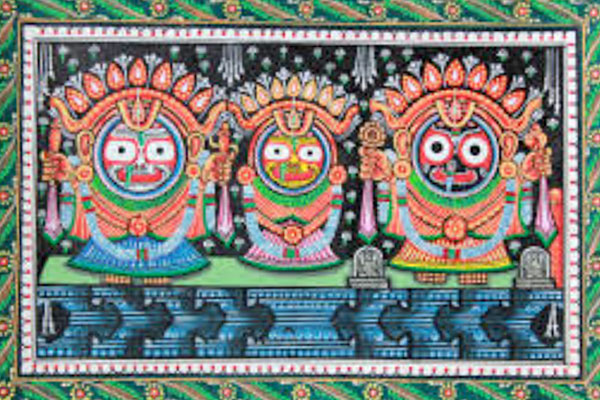
This kind of Indian art comes from the land of Puri (Odisha), which was crafted on a piece of cloth or a leaf when it was started. The central theme of this art form revolves around the representation of Lord Jagannath and Vaishnava cult.
Did you know that this art form was originally brought into existence for worshipping these Gods at the temple?
Since this form of art, like Kalamkari, had a tedious and lengthy representation, artists used sturdy outlines in a vivid manner to create an intriguing narrative of 10 incarnations of Lord Vishnu (The supreme God of the holy trinity in Hinduism).
The creators of this particular form of art were known as Chitrakaras as a group of artists had to sit together to make these paintings.
Today, these paintings are made on paper but the theme of these artworks still whirls around the depiction of a heroic and robust subject matter. To increase the appeal and serene visuals of these, artists draw these representations on the scrolls directly and then fill in the colour.
The scissor art
The epicness of Indian art is driven by variety and artfulness of the diversified forms. For instance, take a look at the paper cutting technique of Indian traditional art.
The art form is known as Sanjhi and is still practiced in the region of Mathura. This art genre is also regarded as a ‘craft’ utilized for covering lampshades, boxes, and similar stuff.
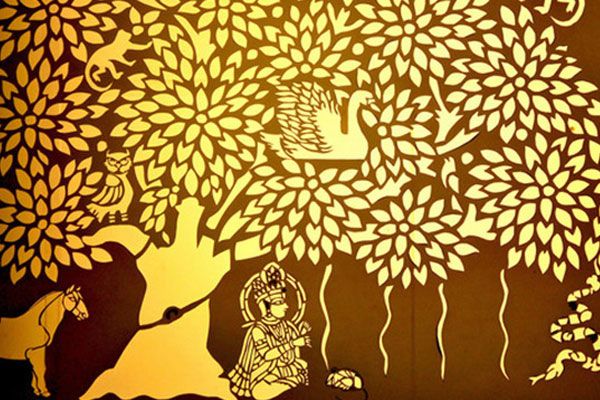
Radha Krishna being the main theme of Sanjhi art, this genre holds a wide myriad of forms like motifs, images, paintings, and sophisticated gags all presenting an enticing narrative.
Unlike Kalamkari, artists work solely to create these alluring pieces. This also is originated from the belief that Radha (who was the first amongst the famous folk artist painters) used to work alone.
To showcase the detailing mastery of this art form, one should keep the artwork against a solid base.
The handmade art
Resuming the ultimate rundown, incomes one of the wondrous and famous Indian art forms; Molela Terracotta.
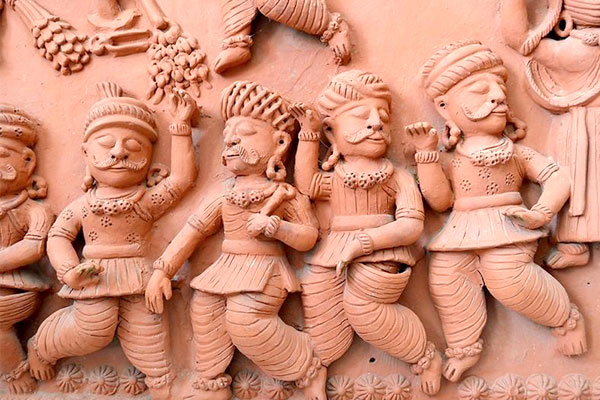
Originated in Rajasthan, this form is made by imprinting amazing depictions of tribal deities on the flat surface of terracotta tablets.
You might have seen this art form being sold in urban areas. Some of you might think what is so artistic in this, right?
The main artistry talent is utilized when the terracotta bricks are made using the clay that is found on the river banks of Banaras. Representation of Gods like Nagaraja and Devnaraya becomes the common subject matters for these artworks.
The process of making terracotta plates from clay is followed by the drying of these tablets in sun. Post this, the tablets are heated in a furnace with pottery fragments, wood, and cow dung to hold a constant temperature.
The Krishna art
Lord Krishna holds a special and an eminent place in the artists’ heart in India. There are so many Indian folk art paintings that circle around the depiction of Krishna and his heroic tale. Adding to the list is the ethereal Pichwai art form.
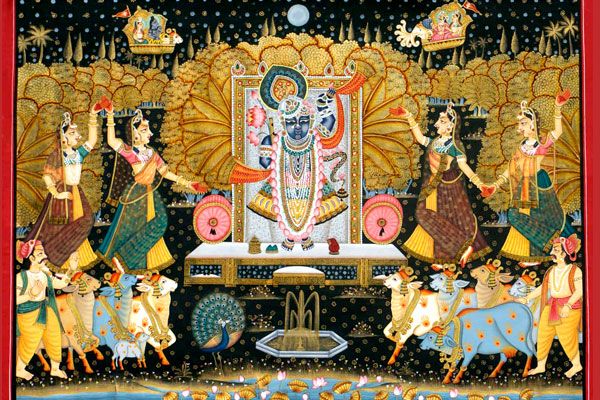
Originated in Nathdwara, near Udaipur (Rajasthan), Pichwai paintings are designed on cloth and are known to represent the narratives of Krishna using Jhankis. The attire of Krishna’s idol and the cloth of the curtain were changed at different timings of the day.
With time, a transition took place owing to the penetration of modern designs, Pichwai paintings transformed into a much bold and vivacious form of art that appeals to the larger section of society.
There are artists that still practice the conventional form and there are artisans who add a pinch of contemporary style to this art genre, appealing to the youth of our generation. These paintings were and are still conventionally put in the prayers room.
The ceremonial art
Can you believe this? There is an Indian art form that actually got its origin from a wedding.
You might have heard of the Madhubani art style, the one genre that still gives a neck-to-neck competition to the modern artworks.
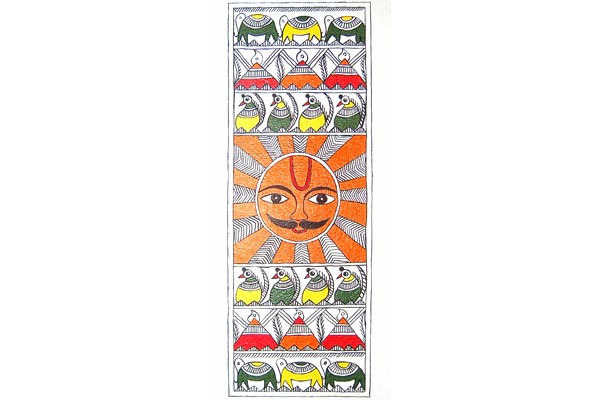
Also known as Mithila paintings, this form of art is sourced from the Mithila region of Bihar and has an affluent backstory.
It is believed that during the marriage ceremony of Rama and Sita (yes, you heard that right), King Janaka (bride’s father) summoned all the artists of his kingdom and told them to decorate the entire palace lavishly and exclusively. Hence, the art genre of Madhubani was born.
Albeit the lousy claims of the great Picasso and Miro taking inspiration from these paintings, this art form holds its rarity intact.
One amazing fact is that only women are the creators of Madhubani paintings. This art form, in the older epoch, was made on the walls that were constructed using a mixture of mud and cow dung. Artists believed that doing so will bless the family with fertility and harmony.
The art was limited within a single caste for centuries. However, with cloth replaced by paper and urban-driven approach has improvised these paintings with artists now expressing themselves quite freely.
Colours for this art form are made utilizing dyes (organic). Famous folk artist painters who have crafted this art style are Ganga Devi, Bua Devi, Mahasundari Devi, and Sita Devi.












